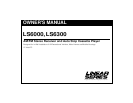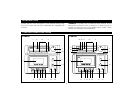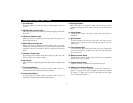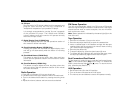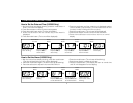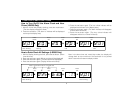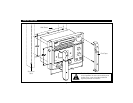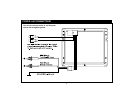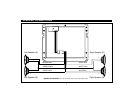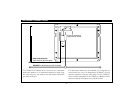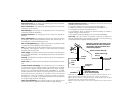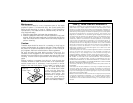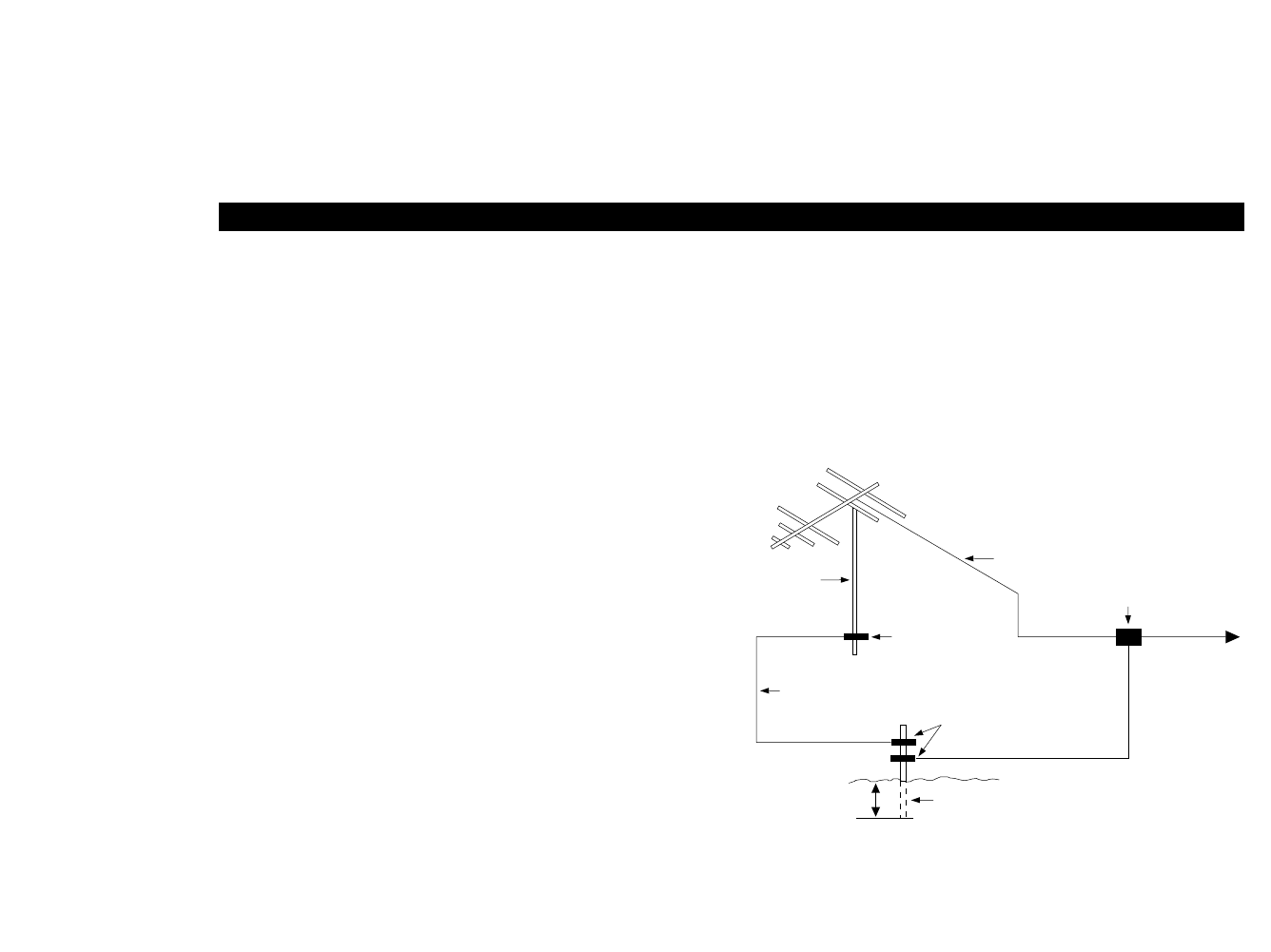
11
SAFETY INSTRUCTIONS
Read Instructions: All the safety and operating instructions should be
read before the appliance is operated.
Retain Instructions: The safety and operating instructions should be
retained for future reference.
Heed Warnings: All warnings on the appliance and in the operating
instructions should be adhered to.
Follow Instructions: All operating and use instructions should be
followed.
Water and Moisture: The appliance should not be used near water--
for example, near a bathtub, washbowl, kitchen sink, laundry tub, in a
wet basement, or near a swimming pool, etc.
Wall or Ceiling Mounting: The appliance should be mounted to a wall
or ceiling only recommended by the manufacturer.
Heat: The appliance should be situated away from heat sources such
as radiators, heat registers, stoves, or other appliances (including
amplifiers) that produce heat.
Power Supply: The appliance should be connected to a power supply
only of the type described in the operating instructions or as marked on
the appliance.
Cleaning: The appliance should be cleaned only as recommended by
the manufacturer.
Power Lines: An outdoor antenna should be located away from power
lines.
Outdoor Antenna Grounding: If an outside antenna is connected to
the receiver, be sure the antenna system is grounded so as to provide
some protection against voltage surges and built up static charges.
Section 810 of the National Electrical Code, ANSI/NFPS no. 70-1983,
provides information with respect to proper grounding of the mast and
supporting structure, grounding of the lead-in wire to an antenna
discharge unit, size of grounding conductors, location of antenna-
discharge unit, connection to grounding electrodes, and requirements
for the grounding electrode. See figure 1.
Object and Liquid Entry: Care should be taken so that objects do not
fall and liquids are not spilled into the enclosure through openings.
Damage Requiring Service: The appliance should be serviced by
qualified service personnel when:
A. The power supply cord or the plug has been damaged; or
B. Objects have fallen, or liquid has spilled into the appliance; or
C. The appliance has been exposed to rain; or
D. The appliance does not appear to operate normally or exhibits a
marked change in performance; or
E. The appliance has been dropped, or the enclosure damaged.
Servicing: The user should not attempt to service the appliance
beyond that described in the operating instructions. All other servicing
should be referred to qualified service personnel.
Antenna Lead-In Wire (B)
Antenna Discharge
Unit (C)
To Receiver
Mast
Ground
Clamp
Ground
Wire
(A,B)
Grounding
Clamps
Grounding Electrode
Drivin 8' Into the Earth
2.44 Meters
Figure 1.
Example of Antenna Grounding as per
National Electrical Code. Instructions
Contained in Artical 810-"Radio and
Television Equipment"
A) Use No. 10 AWG (5.3mm2) copper, No 8 AWG (8.4mm2) aluminum, No. 17
AWG (1.0mm2) copper clad steel or bronze wire, or larger, as ground wire.
B) Secure antenna lead-in and ground wires to house with stand-off insulators
spaced from 4 feet (1.22m) to 6 feet (1.83m) apart.
C) Mount antenna discharge unit as close as possible to where lead-in enters
house.



